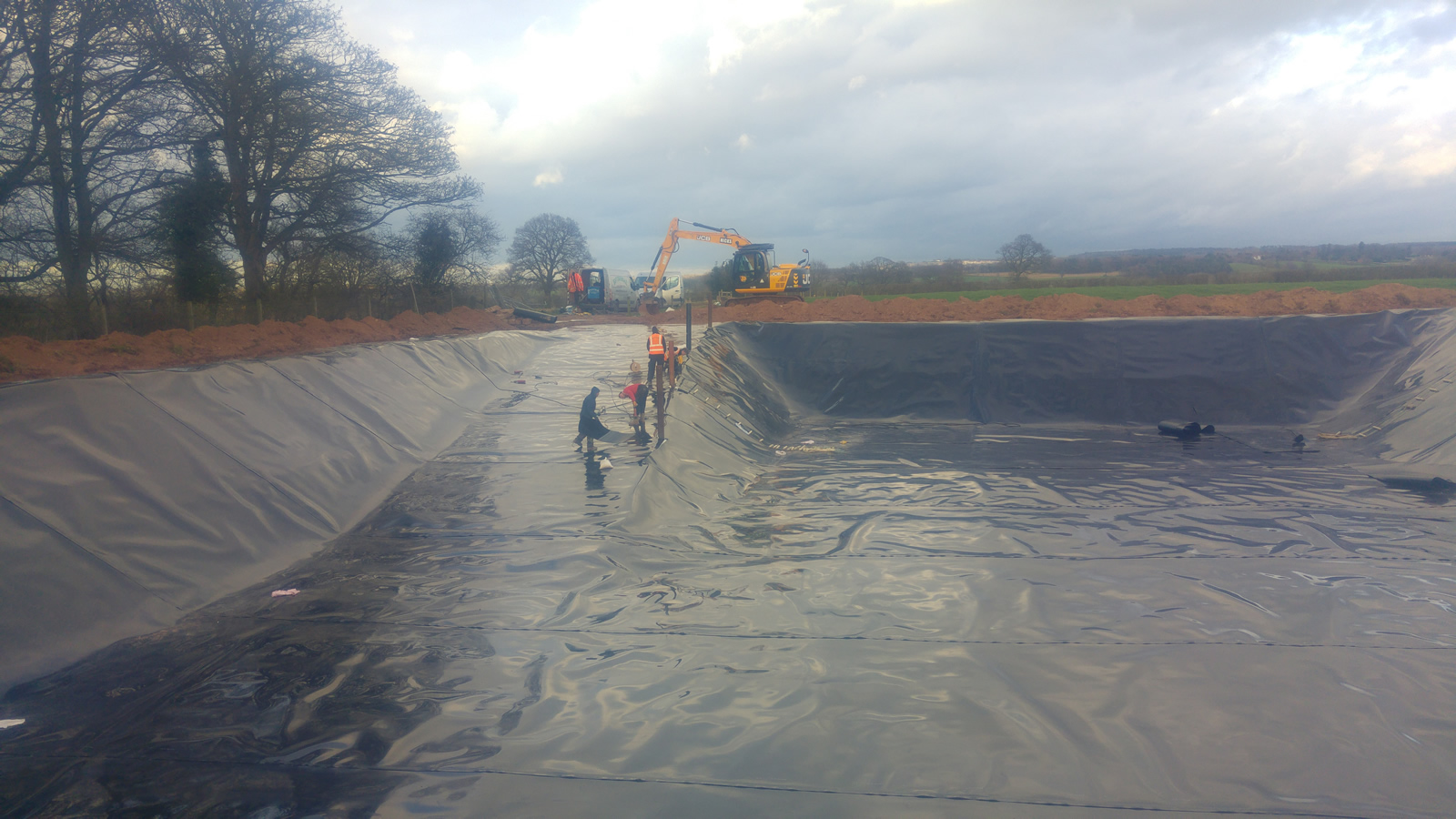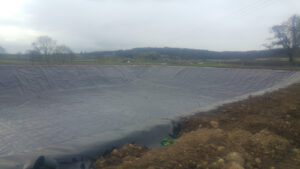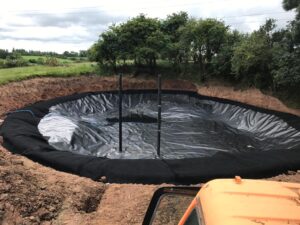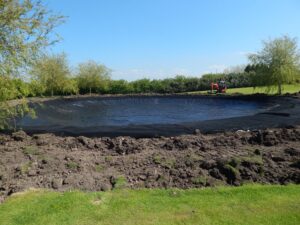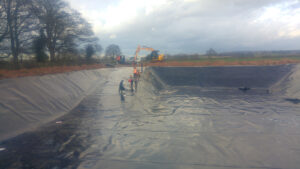In various industries, cell lining stands as a critical practice in ensuring containment and preventing environmental hazards. These linings are essential in creating barriers that secure waste, chemicals, or storage materials within designated areas, safeguarding surrounding ecosystems from contamination and potential harm.
Understanding Cell Lining
Cell lining involves the installation of impermeable barriers or liners within containment areas, such as landfills, ponds, or storage facilities. These barriers act as shields, preventing the seepage or leakage of substances into the environment, preserving soil and water quality.
Importance of Cell Lining
Environmental Protection
The primary goal of cell lining is to protect the environment from hazardous materials. In landfills, for instance, cell lining prevents leachate—the liquid formed by the decomposition of waste—from infiltrating the soil and contaminating groundwater.
Containment Efficiency
By effectively containing materials within designated areas, cell lining ensures compliance with environmental regulations. This practice minimises the risk of accidental spills or leaks that could lead to ecological damage and potential health hazards.
Long-Term Sustainability
Investing in proper cell lining solutions contributes to the long-term sustainability of industries by reducing the impact of waste and preventing environmental degradation. This practice aligns with responsible waste management principles, ensuring a cleaner and safer environment for future generations.
Types of Cell Liners
Geosynthetic Membranes
Materials like geomembranes, often made from HDPE or PVC, provide robust barriers due to their impermeability. These membranes are versatile and suitable for various containment needs.
Clay Liners
Natural clay liners are also used in cell lining due to their sealing properties. When properly compacted, clay forms an effective barrier against seepage.
Composite Liners
Composite liners combine different materials, such as geosynthetic membranes and clay, to enhance containment capabilities. These liners leverage the strengths of individual materials for improved performance.
Installation and Maintenance
Professional Installation
Expert installation is crucial to the effectiveness of cell lining systems. Proper preparation of the site, precise installation of the chosen liner, and quality checks ensure the integrity of the containment area.
Routine Inspections
Regular inspections help identify any signs of damage, wear, or deterioration in the cell lining. Timely repairs or maintenance prevent potential issues from escalating, preserving the efficacy of the containment system.
Conclusion
Cell lining is a fundamental practice in various industries, ensuring the safe containment of materials and protecting the environment from potential hazards. Whether in landfills, storage facilities, or containment ponds, the installation of effective barriers through proper cell lining techniques plays a crucial role in maintaining environmental integrity and compliance with regulations.
By implementing high-quality liners, ensuring professional installation, and conducting regular maintenance, industries can continue to uphold responsible environmental commitment while effectively containing materials within designated areas. This commitment to proper containment not only mitigates risks but also contributes to a more sustainable and environmentally conscious approach across different sectors.

